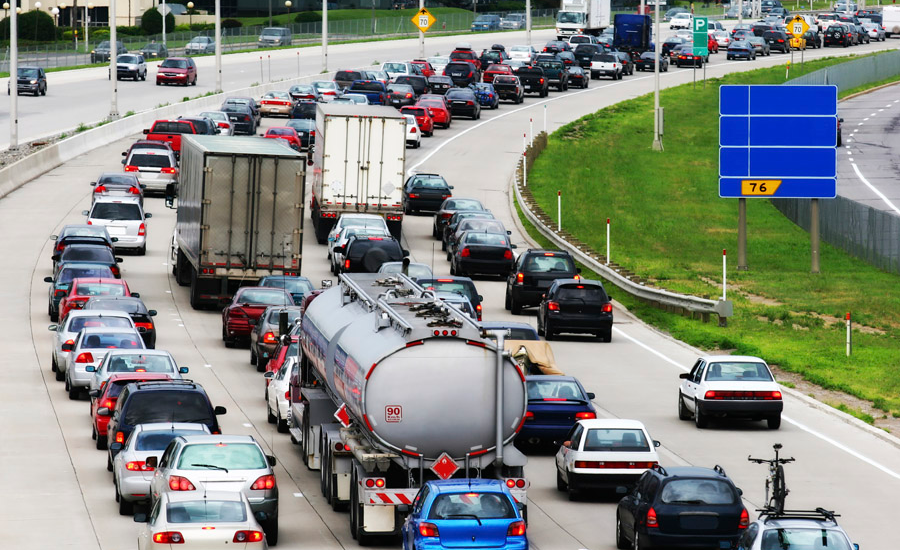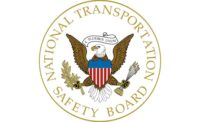Better roadway design, making bicyclists more visible and head protection are what’s needed to reduce the number of fatal and serious crashes involving motor vehicles and bicycles, said the National Transportation Safety Board (NTSB) during a public meet this week.
In the NTSB’s first examination of bicyclist safety on U.S. roadways since its last report on this topic in 1972, the agency said critical changes were needed to address the recent rise in fatal bicycle crashes involving motor vehicles, even as overall traffic deaths fell in 2018. Those changes need to be made by federal and state agencies - and bicyclists themselves.
More conspicuity
Investigators found that improving roadway design, enhancing the conspicuity of bicyclists through both visibility and technology, and increasing helmet use held the most promise for reducing the number of fatal and serious crashes.
“If we do not improve roadway infrastructure for bicyclists, more preventable crashes will happen and more cyclists will die in those preventable crashes, ” said NTSB Chairman Robert L. Sumwalt. “If we do not enhance bicyclist conspicuity, more bicyclists will die in preventable crashes. If we do not act to mitigate head injury for more bicyclists, additional bicyclists will die.”
How most car-bike accidents occur
NTSB investigators said 25 percent of all fatal collisions involving bicyclists – the most frequent type – occurred while a motorist was overtaking a bicyclist in the stretches of roadway between intersections. Although intersection crashes were more frequent, the overtaking collisions were more often fatal since vehicles tended to be traveling faster. The NTSB said improving roadway infrastructure so that vehicles are separated from bicyclists, such as with separated bike lanes, would likely reduce the number of the most serious crashes.
At intersections, where more than 65 percent of collisions occur, investigators determined treatments that clearly denote right-of-way using color, signage, medians, signals and pavement markings would likely reduce the number of crashes in those environments.
The conspicuity of the bicyclists was identified as another key factor that could prevent crashes. Investigators found about a third of the motorists involved in fatal crashes while overtaking a bicyclist did not see the bicyclist prior to the collision. The NTSB said improvements to the visibility of bicyclists to not only the human eyes of motorists, but also to collision avoidance systems and connected vehicle technologies, would also likely reduce crashes.
Bicyclists must follow the rules, use helmets
In a message directed to the bicycling community, the NTSB said actions taken by bicyclists themselves – following traffic rules, obeying traffic signals and using bicycle lights – will reduce their risks on the road.
The investigators’ primary focus was on crash avoidance, but in those instances when crashes do occur, they said the use of a helmet was the single most effective way for riders to reduce their chances of receiving a serious head injury. Because research shows that less than half of bicyclists wear helmets and that head injuries were the leading cause of bicyclist fatalities, the NTSB recommended that all 50 states, the District of Columbia and Puerto Rico, require that all persons wear a helmet while riding a bicycle.
Other risk reduction factors
Investigators identified an array of other factors in reducing crash risks, including use of adaptive headlights and limiting speeds on roads where motor vehicles share the roadway with bicycles.
“All road users have a right to arrive at their destinations safely,” said Sumwalt. “And with so many more people using bicycles as a means of transportation, clearly more needs to be done to protect these most vulnerable users of our roadways.”
The safety report will be available in several weeks. The opening and closing statements, investigators's presentations and a synopsis of the report, including the full text of the findings and safety recommendations, is available at https://go.usa.gov/xpTps.







